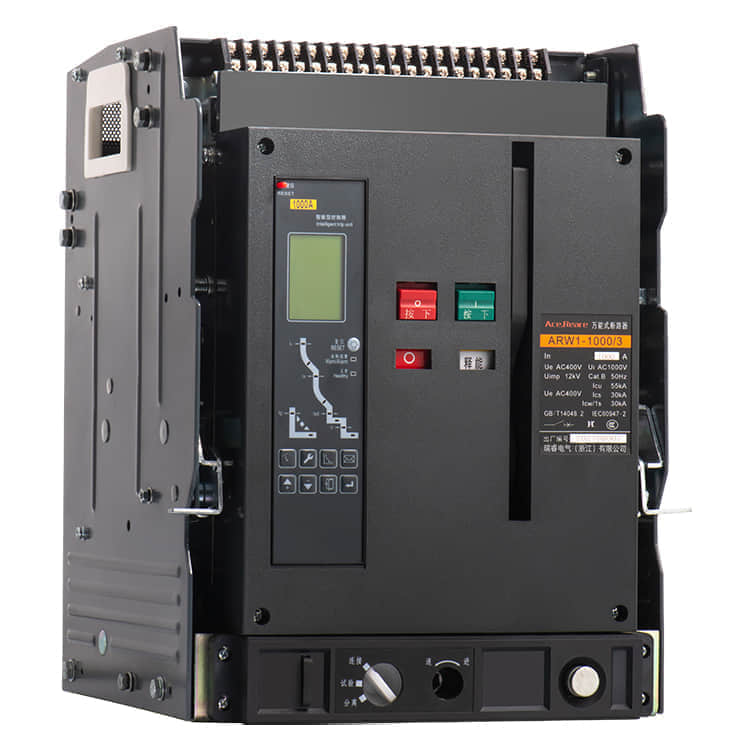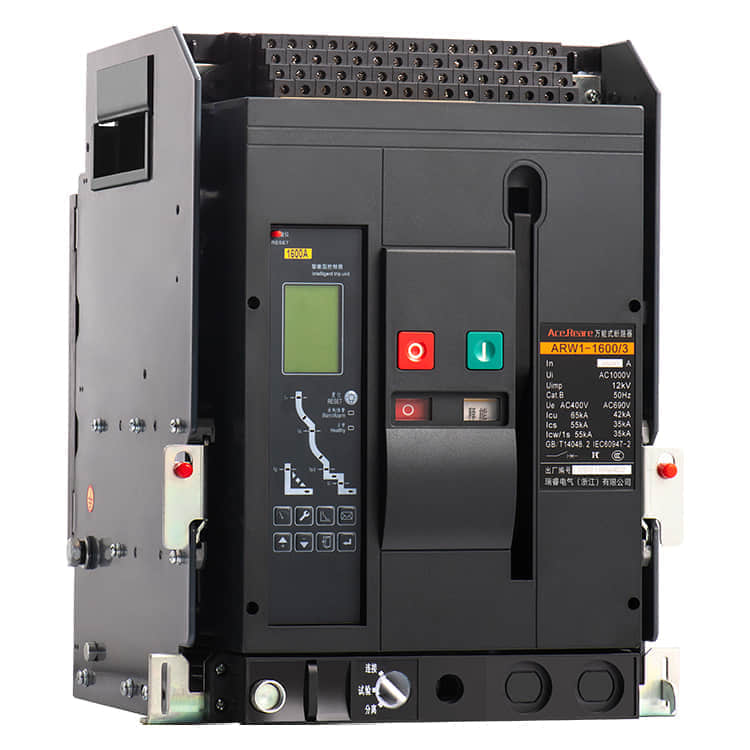
Date | 2024-08-02 20:48:34
In the intricate web of modern power systems, one device stands out as a guardian of electrical safety and reliability – the Air Circuit Breaker (ACB). These sophisticated devices play a pivotal role in protecting electrical networks from the devastating effects of overloads, short circuits, and other faults, ensuring uninterrupted power supply to homes, businesses, and industries alike.

ACB breakers are designed to automatically interrupt the flow of electric current when it exceeds safe limits, thereby preventing damage to equipment and minimizing the risk of fire. Their operation is based on a sophisticated mechanism that combines electromagnetic forces, spring-loaded contacts, and specialized gases (though in the case of traditional ACBs, air is the primary insulating and arc-quenching medium). When a fault is detected, the breaker's trip mechanism is activated, swiftly separating the contacts to halt the current flow.
One of the key advantages of ACB breakers is their high interrupting capacity, which enables them to withstand enormous short-circuit currents without sustaining damage. This feature is particularly crucial in large-scale power distribution networks, where faults can generate massive currents that could potentially devastate unprotected equipment. By rapidly interrupting such currents, ACB breakers help maintain the integrity of the electrical system and minimize downtime.